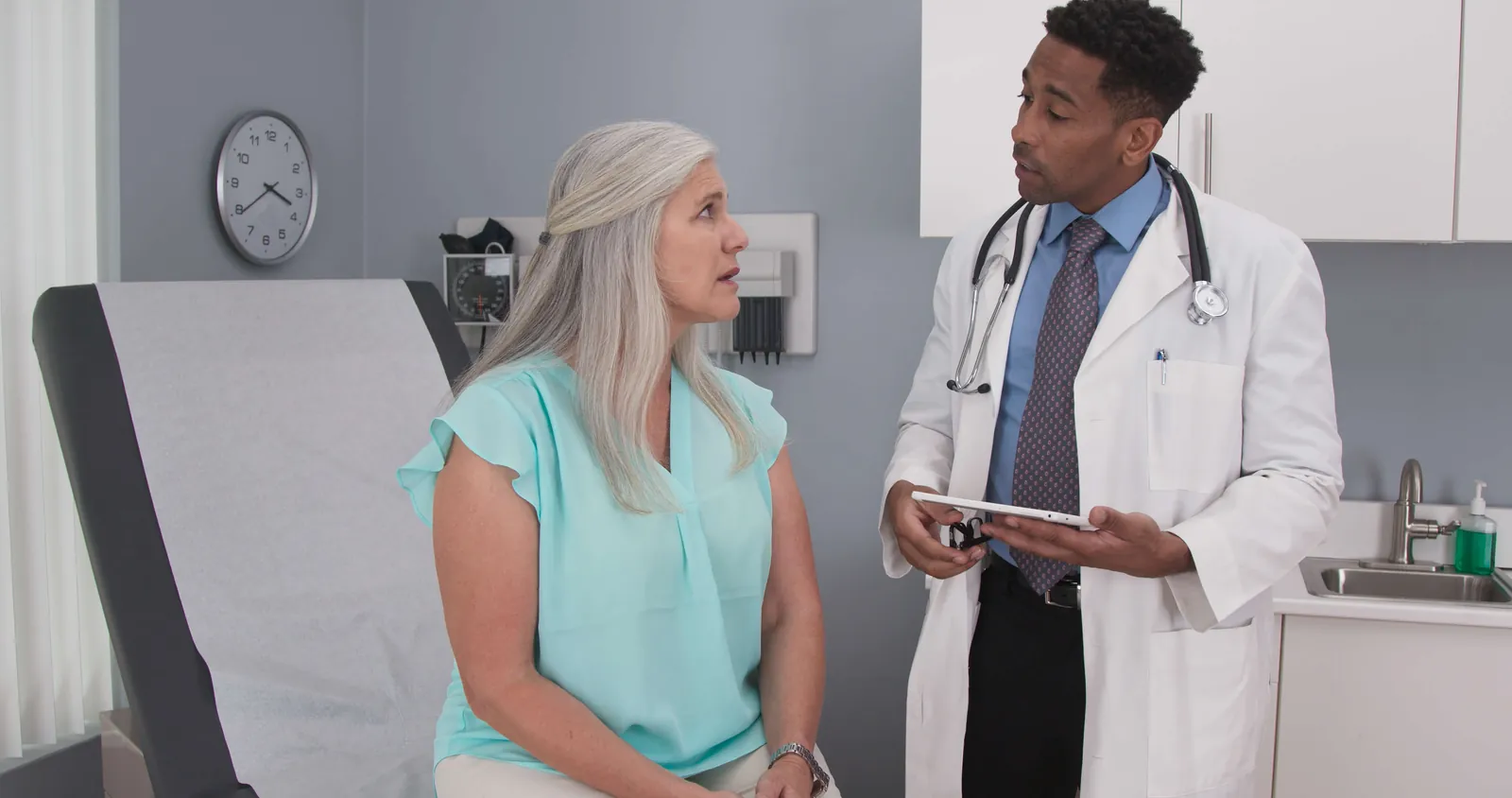Data collected from
Orphanet and
Online Mendelian Inheritance in Man (OMIM) are used to interpret and provide information on rare diseases. This includes names, synonyms, genes, symptom frequency, population estimates and more.
Human Phenotype Ontology (HPO) provides standard terminology that was used by Orphanet and OMIM to represent a disease's phenotypic features. HPO provides information on describing these clinical features.
Information also comes from the
National Center for Biotechnology Information's MedGen to help in explaining genetic and rare diseases.
The
National Library of Medicine provides a
Newborn Screening Coding and Terminology Guide. This data is used to determine if a newborn screening is recommended federally or by the state.
Additional information referenced in development of content also comes from the following sources:


